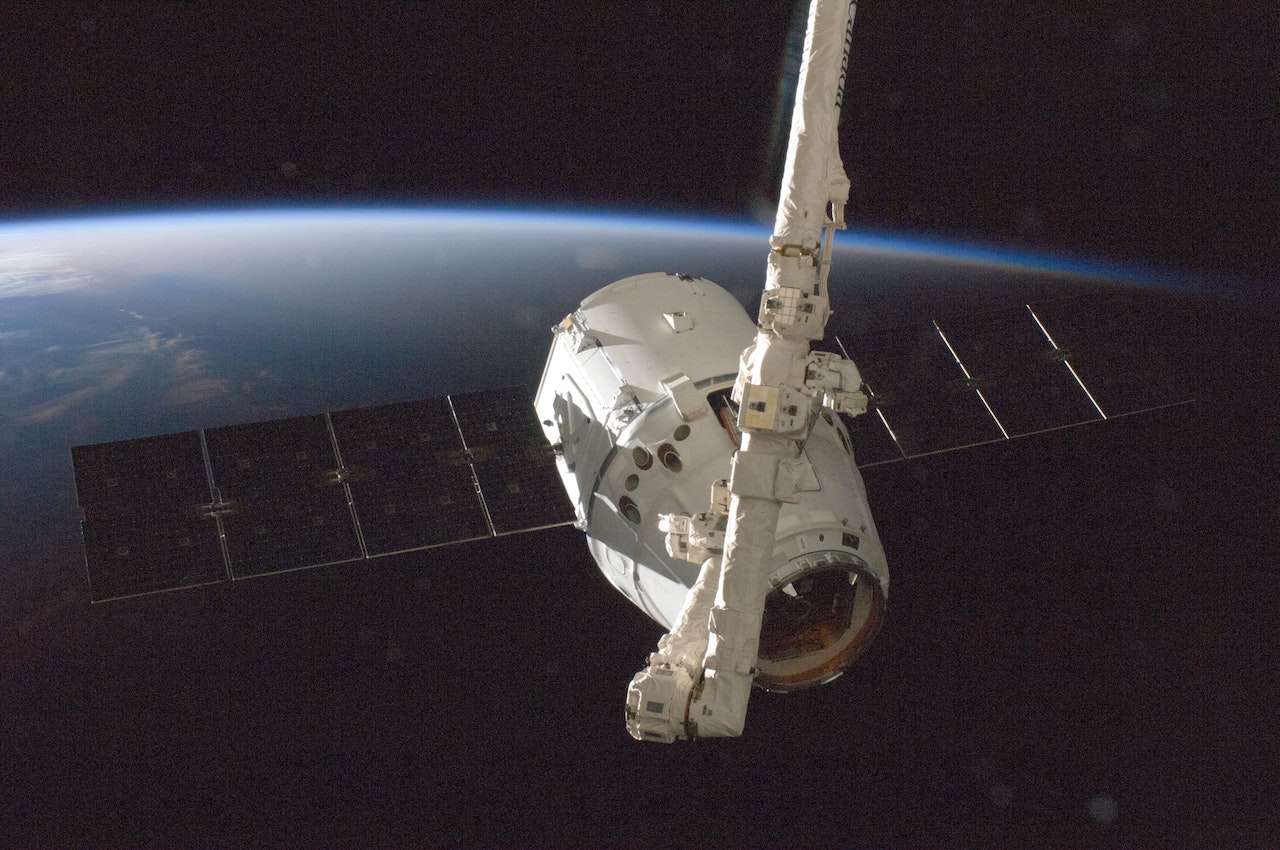What is Energy Efficiency?
IT’S ALL ABOUT THE ENERGY
Energy is everywhere. Energy has always been and will always be. Energy never dies. We are made of energy. Energy cannot be created or destroyed, just changed into another form.
Pretty heavy stuff, huh?
The term ‘energy efficiency’ means that you are using energy to its fullest capacity with as little waste as possible.
When you see a “95% energy efficient” label on a refrigerator, for example, the label tells you that this appliance makes good use of almost all the energy (electricity) that goes into running it, with only a little bit of waste. When we’re careful with the amount of energy we need to do a big job, we are being energy efficient.

HOW DO WE USE ENERGY?
We use energy and change it every day. We eat food to make energy inside ourselves. Our bodies take the coffee we drink and chemically convert the caffeine into nervous energy that keeps us awake on Mondays. We can convert our muscular energy into motion on a bicycle or a skateboard. When we exercise, the breakfast we eat feeds our muscles.
Humans have made huge progress figuring out how to do work by using forms of energy greater than our own, like the powerful muscles of horses and cows. For the last 200 years, our species has been getting a big bang for our buck with coal, oil, and splitting atoms through nuclear fission. These economical forms of usable energy have made our civilization what it is today; our modern society is based on billions of Gigajoules of energy from food, fire, heat, animals, water flow, and steam.
The amount of energy that we require to keep our living and working spaces comfortable is called ‘energy load’, while the energy that we use for our computers, televisions and electronic devices is called ‘energy demand’.
That ability to freely use energy is a bit of an addiction for our developing world. We use a LOT of energy in our daily lives at home and at work. We heat and cool our homes with energy from furnaces and air conditioners, and we stay clean by using hot water that is heated with energy from fuel burning or electric resistance coils. The amount of energy that we require to keep our living and working spaces comfortable is called ‘energy load’, while the energy that we use for our computers, televisions and electronic devices is called ‘energy demand’.
ENERGY LOSSES AND EMISSIONS
Unfortunately, a significant amount of energy that we use for our buildings, our cars and even the muscular movement of our bodies is wasted, mainly in the form of heat. We call this wasted energy a “loss” and energy losses happen everywhere and in everything. Another one of those pesky Laws of Thermodynamics.
Energy losses that happen in our built environment will happen when we transfer electrical energy across power lines, use kitchen appliances or set our thermostats higher to warm our houses. The heat losses that happen in this case will often get carried along with the by-products of combustion – these are the emissions that come from our chimneys and vents, which in many cases are carrying carbon dioxide, methane or other greenhouse gases. Buildings alone contribute a significant portion of those GHG emissions from operational energy use and exhaust from appliances for heating and cooling.
Wasting less energy means that we need to reduce heat losses. We know how to do this using special materials called insulators to control how much energy is being lost when it tries to escape as heat. We can’t stop the energy losses completely, but we can slow them down.

INSULATORS AND CONDUCTORS
When we want to ‘conserve’ energy, we need to use insulators. The walls, attics and basements in our buildings will have insulation materials that slow the passage of heat energy. In Canada, we use heat energy appliances like furnaces, wood stoves, radiators, and boilers to keep a comfortable temperature inside during the winter. By using insulation, we are conserving the energy we produce by preventing it from escaping as best we can.
The opposite of an insulator is a conductor. For example, we use wires made of copper throughout our homes to carry electricity. Copper is a great conductor – as are most metals. Conductors are great at carrying energy, including heat energy. This is a good reason why we try to limit the amount of metal in our buildings that touches the warm side of our buildings AND the cold side. This situation is called a thermal bridge, and it’s not good for our energy efficiency.
Energy efficiency is conserving energy. If we can use only a little bit of energy to do a big job, we’re being energy efficient, AND if we keep that energy flowing for a long time without adding more, we are conserving energy.
We could say this with confidence, now that we know a bit about energy and losses: energy efficiency is conserving energy. If we can use only a little bit of energy to do a big job, we’re being energy efficient, AND if we keep that energy flowing for a long time without adding more, we are conserving energy.
If we conserve as much energy as we can, we will need LESS energy to do the same job. Following that logic, if we use less energy, we can REDUCE EMISSIONS. When we apply this strategy to our buildings, this means a whole LOT of reduced emissions!
WHY ENERGY EFFICIENCY IS IMPORTANT TODAY
Now here we are in the early 21st century, at the height of human achievement with self-driving cars, pocket computers and communicators, and space stations in orbit. Energy is taking us to the stars!
Thankfully, we know how to change this situation for the better. We have the technology, here now today, to make a big dent in how much our buildings contribute to climate change.

IT’S ALL ABOUT THE ENERGY CONSERVATION
If you want to make your building more energy efficient and energy conservative, you can get started by having an ‘energy audit’ on your home or building. This audit will be performed by a professional building scientist, otherwise known as an Energy Advisor.
Energy efficiency and energy conservation in buildings is totally do-able with today’s technology and building materials. We can drastically reduce the energy required to keep our buildings comfortable all year long by improving the insulation, air tightness and operational performance.
Author: Andy Cockburn, NAIMA Canada
